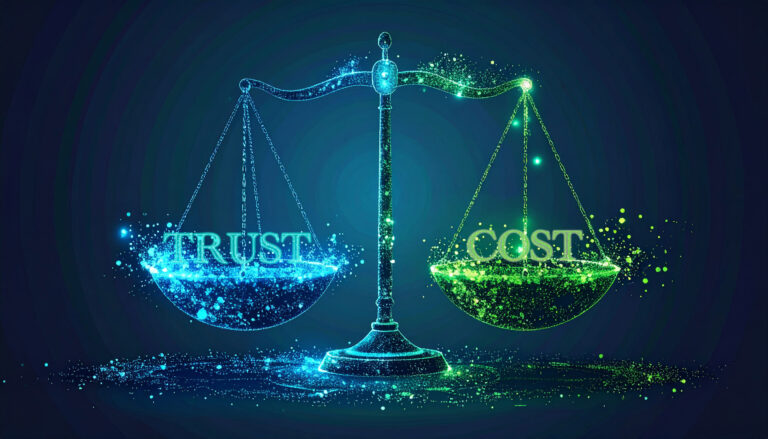Industrial Catalyst Market Growth, Trends & Forecast 2025
Signal in Focus
The global industrial catalyst sector is entering a period of accelerated transformation, with robust growth expectations across 2024–2031 driven by heightened demand for process efficiency and lower energy consumption in key industries such as petrochemicals, manufacturing, and pharmaceuticals. The market is witnessing strategic activity from leading multinationals—such as BASF, Evonik Industries, and Albemarle—who are expanding product portfolios and commercializing innovations like FCC catalysts to capture value from evolving production demands. Meanwhile, emerging regional activity reflects an industry striving to anticipate regulatory change, value chain disruptions, and shifts in downstream customer priorities.
Analyst View
Business leaders in specialty chemicals and polymers should view the industrial catalyst market as a bellwether for broader energy transition and sustainability ambitions. The pace and depth of investment in novel catalyst materials and advanced process solutions—exemplified by new launches and rapid scaling in high-demand geographies—are key signals that margin structures and competitive ground rules are shifting.
Executives must critically examine the resilience and adaptability of their operating models: Are R&D and go-to-market investments aligned with fast-evolving customer requirements for greener, more efficient chemistries? Do value chain partners offer sufficient channel reach and technical support to win in both mature and emerging markets? Finally, leaders will need to anticipate policy and competitive volatility by mapping potential regulatory triggers and adjusting innovation roadmaps accordingly, especially as Europe and Asia Pacific accelerate toward stricter sustainability standards.
Navigating the Signals
- The acceleration of catalyst adoption across petrochemicals and refineries reflects a structural demand pull for technologies that can meaningfully cut energy use and emissions while increasing process speed. Sustainability-linked capital expenditures are now a baseline expectation, not a differentiator.
- Market leaders are prioritizing breakthrough product launches to unlock new growth pools, as evidenced by recent FCC catalyst innovations. Proactivity in portfoio renewal, rather than incrementalism, is emerging as a clear success factor in high-growth niches.
- Shifts in regional demand—especially across Asia Pacific and Europe—signal a realignment of value chain operating priorities, with a premium on agile supply networks, local technical support, and regulatory intelligence. Firms that orchestrate globally but execute with local precision will gain share.
- The competitive landscape is intensifying: larger incumbents are leveraging scale and broad portfolios, while niche players are winning with specialty chemistries and advanced application expertise. B2B leaders should reevaluate both their M&A and innovation strategies in light of rising barriers to entry and new sources of differentiation.
- Channel relationships and service depth remain critical enablers, particularly in emerging economies where end-user technical expertise may be limited. Extending value beyond the catalyst itself—through service, integration, and digitization—will be key to customer stickiness.
- Regulatory momentum, especially on decarbonization and circularity, introduces policy-driven risk and opportunity. Scenario planning must encompass supply disruption, compliance cost, and the window for first-mover advantage as policy clarity emerges at global and regional levels.
In this context, investment and growth decisions should emphasize flexibility and risk management, building organizational capacity to sense and respond rapidly to market shocks—whether from regulatory shifts, competitor moves, or fundamental changes in downstream customer needs.


